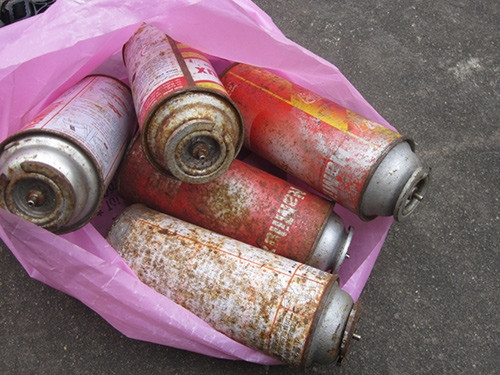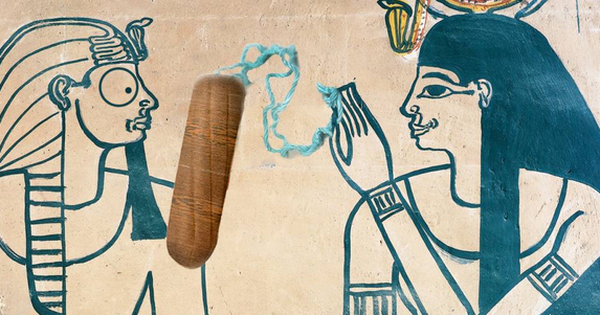Genes linked to breast cancer
Mutations in several genes can increase the risk of breast cancer, with BRCA1 and BRCA2 most closely associated with this disease.
Cancer occurs when important genes that help repair DNA or control cell growth mutate. These mutations cause cells to grow and divide uncontrollably, thus forming cancerous tumors.
In most cases of breast cancer, the mutation will occur at some point in the patient’s life and is only present in certain breast cells. These mutations are called acquired mutations and cannot be inherited. In less common cases, gene mutations occur in all cells of the body and increase the risk of developing breast cancer. These changes are classified as germline mutations and are likely passed from parent to child. It is estimated that 5-10% of breast cancer patients are associated with genetic mutations.
Researchers have found many different genes associated with the risk of developing breast cancer. Among them, some mutations are more common than others.
BRCA1 and BRCA2
BRCA1 and BRCA2 are two important genes that have the ability to suppress tumors and fight cancer. In normal cells, these two genes help the body make proteins to repair damaged DNA. When mutated, BRCA1, BRCA2 no longer works and functions as intended. This causes cells in the breasts, ovaries, and other organs to grow, divide rapidly, or grow uncontrollably, leading to cancer.
BRCA1 and BRCA2 gene mutations are inherited mutations. A woman who inherits a BRCA1 or BRCA2 gene mutation from one of her parents has a 70% increased risk of developing breast cancer before the age of 80. Carriers of this mutation were more likely to be diagnosed with breast cancer at a younger age, as well as to have cancer in both breasts, than non-carriers of the mutation. Mutations in BRCA1 or BRCA2 also increase the risk of certain other cancers, such as ovarian, prostate, and pancreatic cancer.

Genes are one of the factors that increase the risk of cancer. Photo: Freepik
other genes
Mutations in several other genes can also cause breast cancer. However, these mutations are less common and do not increase breast cancer risk as much as the BRCA gene.
ATM: The ATM gene normally helps the body repair damaged DNA or kill cells if successful repair cannot be achieved. Inheriting mutations in the ATM gene from one parent can increase a patient’s risk of developing breast cancer.
PALB2: The PALB2 gene makes a protein that combines with a protein made by the BRCA2 gene to repair damaged DNA and stop tumor growth. Defects in this gene can increase your chances of developing breast cancer. Several studies have shown that women with the PALB2 gene mutation have a 14% risk of developing the disease before the age of 50 and a 35% risk of developing the disease before the age of 70.
TP53: The TP53 gene helps stop the growth of cells with damaged DNA. Inherited mutations in this gene cause Li-Fraumeni syndrome. Patients with this syndrome have a high risk of breast cancer, as well as several other types of cancer such as leukemia, brain tumors, sarcomas…
PTEN: The normal PTEN gene helps control cell growth. Genetic changes in PTEN can lead to Cowden syndrome, a disorder that puts patients at risk of developing tumors (both benign and malignant) in the breast, as well as in the digestive tract, thyroid, uterus, and ovaries.
CDH1: CDH1 makes proteins that help cells join together to form tissues. Women who carry an inherited mutation in this gene have a 39-52% lifetime risk of developing invasive lobular breast cancer.
STK11: Defects in the STK11 gene can cause Peutz-Jeghers syndrome. People with this syndrome have pigment spots on the lips and mouth, tumors in the urinary and digestive tracts, and an increased risk of many types of cancer, including breast cancer.
PIK3CA: The PIK3CA gene provides instructions that help make proteins essential for many cellular functions. PIK3CA mutations are acquired mutations that cannot be passed from parent to child. Mutations in this gene are found in about 30-40% of breast cancers. It is important for clinicians to determine whether the patient carries the PIK3CA mutation so that an appropriate treatment regimen can be developed.
DIA2: The HER2 gene makes a protein called HER2 (human epidermal growth factor receptor). This protein is found on the surface of all breast cells and helps them grow. If the HER2 genes are damaged, they stimulate the body to make more HER2 proteins, which in turn causes cells to grow out of control. Like PIK3CA, the HER2 gene mutation is not an inherited mutation. Research shows that about 10-20% of breast cancers are HER2 positive.
Phuong Quynh (According to the American Cancer Society, WebMD, CDC)
at Blogtuan.info – Source: vnexpress.net – Read the original article here



